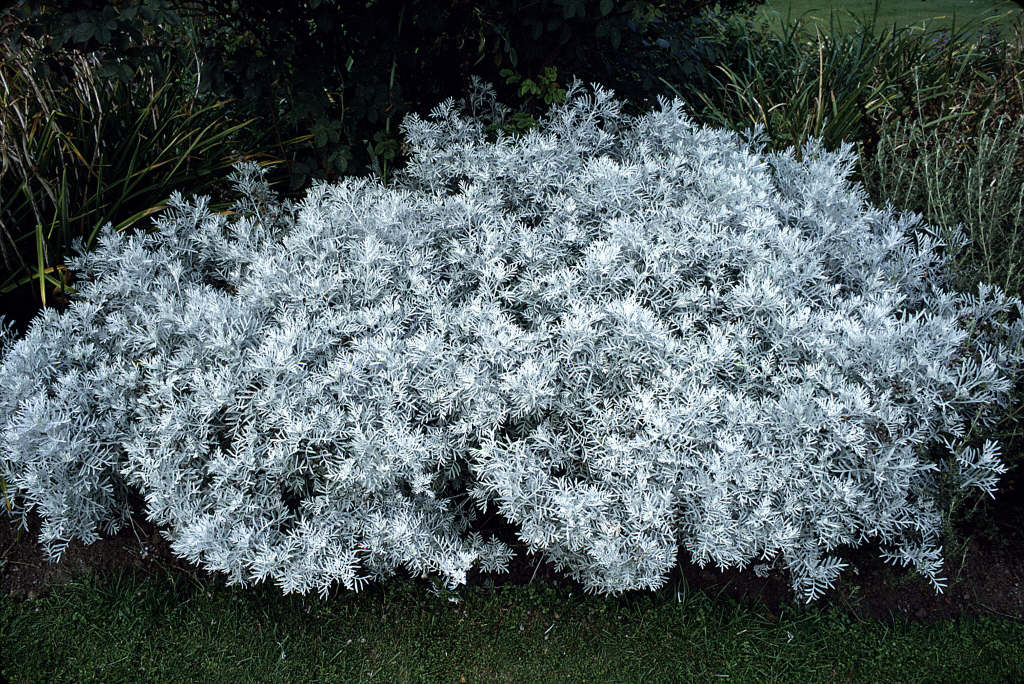Senecio viravira
dusty miller
A small evergreen shrub of open habit with finely divided silvery-white leaves to 6cm long. Rather inconspicuous button-like, creamy-yellow flower-heads 6mm wide, in loose clusters in summer and autumn

Buy this plant
Size
Ultimate height
0.1–0.5 metresTime to ultimate height
5–10 yearsUltimate spread
0.5–1 metresGrowing conditions
Moisture
Well–drainedpH
Acid, Alkaline, NeutralColour & scent
| Stem | Flower | Foliage | Fruit | |
| Spring | Grey Silver | |||
|---|---|---|---|---|
| Summer | Yellow | Grey Silver | ||
| Autumn | Yellow | Grey Silver | ||
| Winter | Grey Silver |
Position
- Full sun
Aspect
South–facing or West–facing
Exposure
Sheltered Hardiness
H4Botanical details
- Family
- Asteraceae
- Native to GB / Ireland
- No
- Foliage
- Evergreen
- Habit
- Bushy
- Genus
Senecio can be annuals, biennials, perennials, climbers or shrubs, some succulent, with simple or pinnately divided leaves and daisy-like flowers, occasionally without ray-florets
- Name status
Correct
- Plant range
- Brazil to Argentina
How to grow
Cultivation
Grow in a moderately fertile, well-drained soil in full sun
Propagation
Propagate by seed in spring at 19-24°C (66-75°F). Take semi-ripe cuttings in mid- or late summer
Suggested planting locations and garden types
- Gravel garden
- Patio and container plants
- Rock garden
- City and courtyard gardens
- Coastal
- Cottage and informal garden
- Flower borders and beds
Pruning
Trim over after flowering to keep plants compact
Pests
May be susceptible to mealybugs, scale insects and glasshouse red spider mite
Diseases
May be susceptible to a rust and honey fungus
Get involved
The Royal Horticultural Society is the UK’s leading gardening charity. We aim to enrich everyone’s life through plants, and make the UK a greener and more beautiful place.